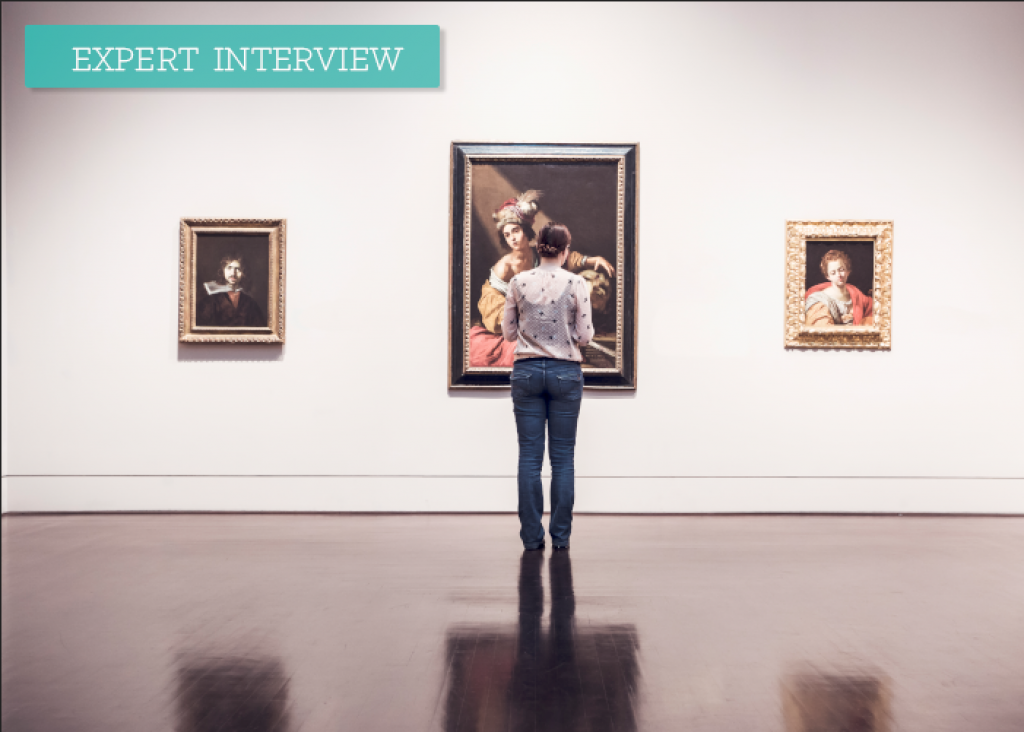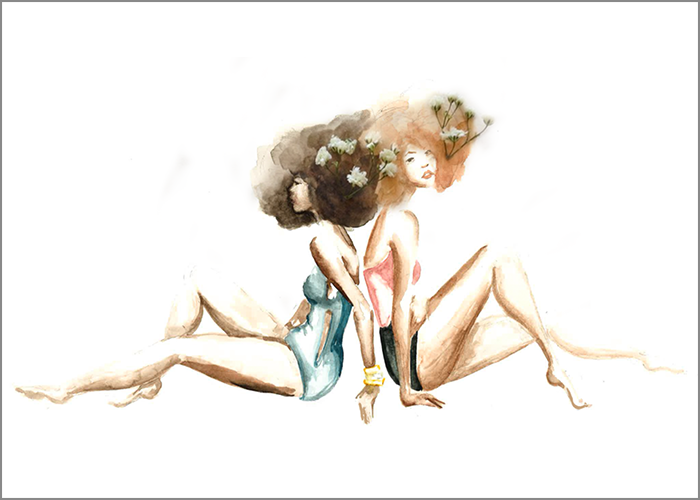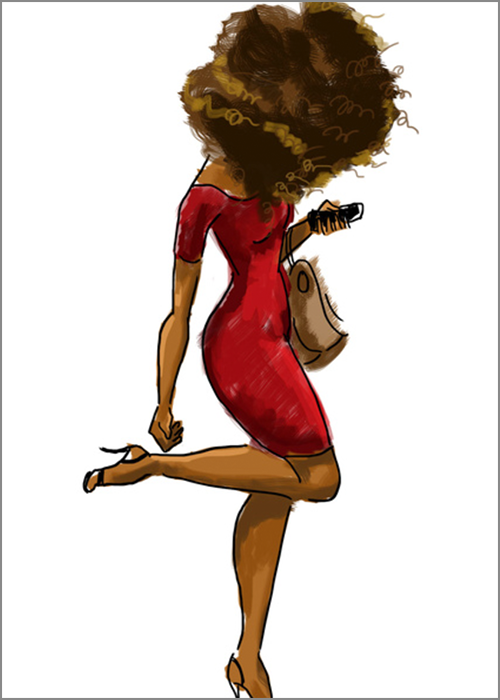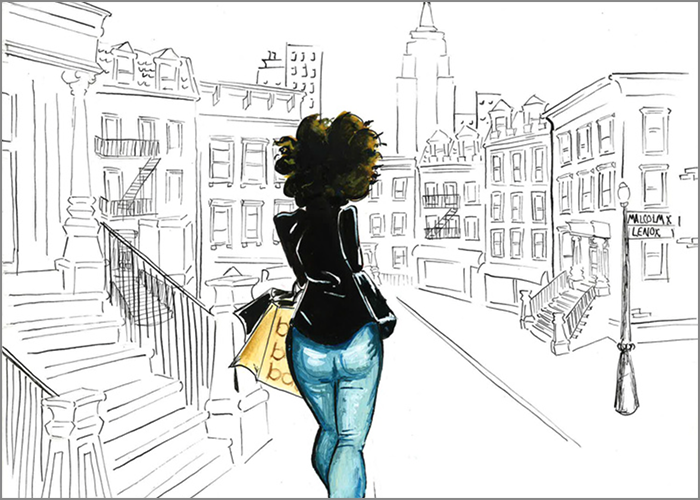Everything You Wanted To Know About How Artists Do Gallery Shows (But Were Afraid To Ask)
 Today’s installment of our Afraid To Ask: TFD’s new expert interview series, is all about a niche but very insightful topic — the specifics of putting on an art gallery show. The Afraid To Ask series is meant to provide a deeper insight into a variety of subjects, and shed light on topics people are sometimes ignorant about (myself included in every topic I cover!).
Today’s installment of our Afraid To Ask: TFD’s new expert interview series, is all about a niche but very insightful topic — the specifics of putting on an art gallery show. The Afraid To Ask series is meant to provide a deeper insight into a variety of subjects, and shed light on topics people are sometimes ignorant about (myself included in every topic I cover!).
This week I sat down (via the internet of course) with a friend and wildly talented artist, Debra Cartwright. Debra is a graphic designer and illustrator whose work truly inspires me. She has picked up invaluable knowledge about what it means to be a working artist, and she’s sharing some fantastic insight into her experience about creating a gallery show.
Debra was kind enough to answer the questions that follow. While this interview is not exhaustive, it’s a fantastic way to learn more about what it means to be a young, talented, smart, and decisive artist in 2015. Check it out!
How long have you been working as a fine artist? What does the volume of the work you produce look like (roughly, and on average)? About how many fine art pieces do you aim to create per week/month/etc.
Honestly only about a year. I majored in painting but I’m a little too practical to fall back on just that. I work during the day as a graphic designer and paint in the evenings. I try to paint something small everyday. How many pieces I create usually depends on what works or not. Ideally I’d love to create a piece a week, I’d say about one works every two weeks.
You recently had a very successful (!) gallery show up in Harlem. Congrats! How much lead time does someone need in order to pull off something like this?
Thank you! Finding a gallery is the hardest part. Once that’s found, it only takes a couple of months. Most gallerist have their line-up set for at least six months. My gallerist actually moved my date up two months. We curated down my last year’s work into 22 pieces, then he sent them out to get framed. From initial meeting until the show it was about four months.
How does one even land a show to begin with?
Networking and always talking about what you want with everyone. I’d tried to contact individual gallerists on my own to no avail. It wasn’t until I exasperatedly mentioned to a friend I wanted to show in Harlem. Her cousin’s best friend owned a gallery and they set up a meeting! Crazy how that worked.
What is the length of time that exhibits usually remain open? Yours was about a month-long exhibit– Is that a standard amount of time?
A month is a pretty standard length, yep.
How long did the artwork in the show take to produce? How many pieces were there and is there a bare minimum that an artist has to produce for a show?
All the work in this show had been produced in the last year. I only wanted to show eight pieces, but my gallerist insisted on at least 20. I said I didn’t have it. He came by the studio, chose 15 more and teased that I’m my biggest critic. Very true.
You exhibit was titled “Made In Her Image.” How do you come up with a theme, concept, or artist’s statement (I’m not sure if that’s the proper term or not) when thinking about what you want your show to look like.
I can’t take credit for that name actually. Coming up with a concept was easy and I could talk about it all day. Condensing that to three to four words was hard. My friend Kendra Sykes is at NYU getting her masters in Visual Art Administration. I reached out to her and we had a long conversation. My work’s theme is highlighting the feminine side of black women through whimsical light spaces. She threw this out and everyone loved it.
What is the capacity to make money through something like this? Is there more incentive to organize a gallery show because it gets your name out in the open, or are there real dollars to be made that can set you up comfortably for a few months/year?
There are a couple of incentives. Money included; although my profits just go right into that good old student loans pot. There’s no comfortable set up just yet! Working with a gallerist, the gallerist takes 50% of the profit after show fees. 50% is the highest an artist should ever go and reputable galleries will never make you pay gallery fees only show fees. I wanted to work with this particular gallery because I loved the space, the location, and the care they take in displaying work. It helps to say you’ve showed in a gallery to up your credentials, but in this internet market, it’s not necessary. It just depends on the trajectory of your career. Do you want that legitimization of gallery representation or do you just want to talk to people interested in your work? Not that you have to choose, it’s just a good question to consider when getting frustrated looking for a gallery. Once you do gain a following, they will come, whether it’s to the gallery or to your website.
Where is the money you’re being paid sourced from? Is it strictly derived from admission fees?
Reputable galleries won’t charge admission fees, profit is strictly from sales. However, a few of my art friends rent spaces for shows. They make it into a party, charging a fee to come see the work, or they charge for drinks. I definitely plan to do something like this in the future. I’ve learned having complete control over my work and profit is very important to me. I’m a bit of a control freak.
Do you do other work outside of your fine artwork, and if so, is it affected by the time commitment to the gallery show in a good or bad way?
I definitely do. I work for People.com during the day and I’m also a commissioned illustrator for certain companies. Both take away my time commitment to my art, but I love the crazy balance.
Are there any misconceptions you feel you need to clear up or address specifically that will help someone get a more clear understanding of what it is/does for the artist?
Get a lawyer and accountant if you’re working with a gallery. The art world is notorious for “verbal agreements” that may screw over the artist. Buy a few books. I’d recommend The Artist Guide by Jackie Bettenfield, The Legal Guide for the Visual Artist by Tad Crawford, and The Artist-Gallery Partnership: A Practical Guide to Consigning Art, also by Crawford.
How much do networking and business skills go into making something like a gallery show a success?
From getting the show to making sure you don’t get ripped off (which is the historical story of all artists ever) you better have those skills. I’d like to add one more book Getting to Yes: Negotiating Agreement Without Giving In Roger Fisher, but that’s like a life book. Having a gallery show is an amazing rewarding experience, just make sure your butt is covered financially!
Be sure to check out the rest of Debra’s gorgeous work on her online portfolio!
Image via Pexels





